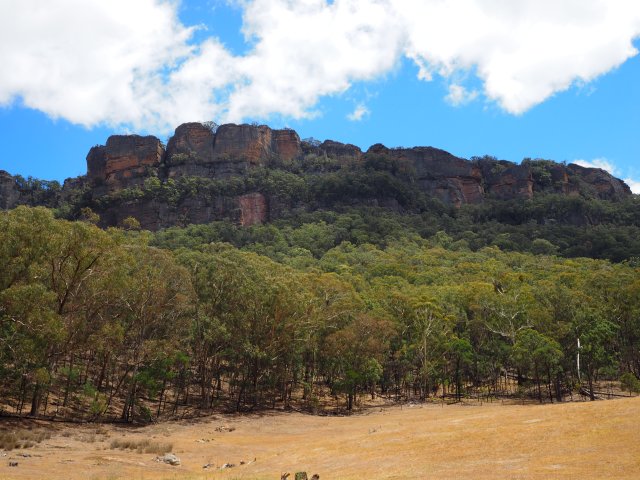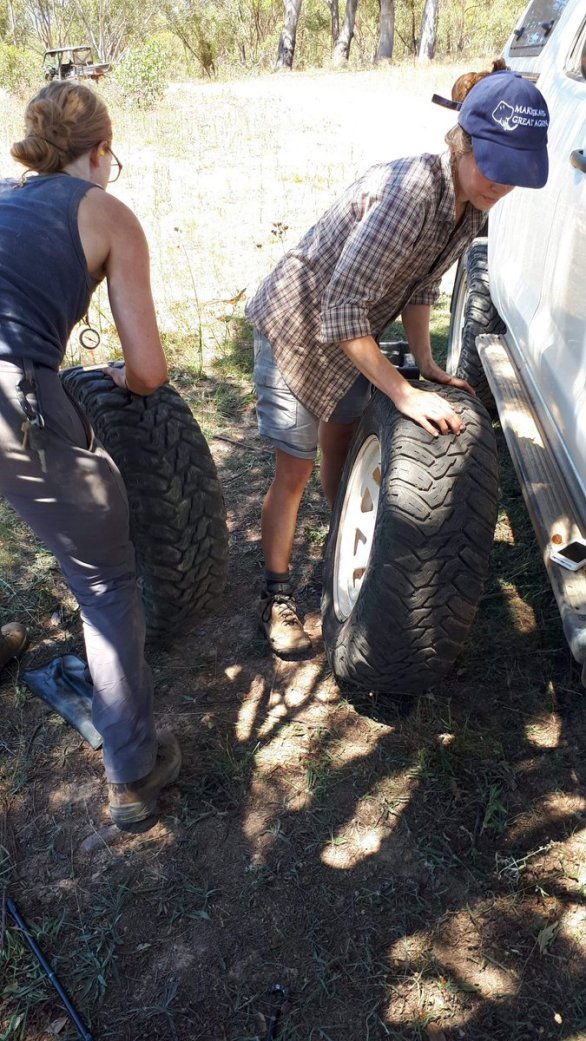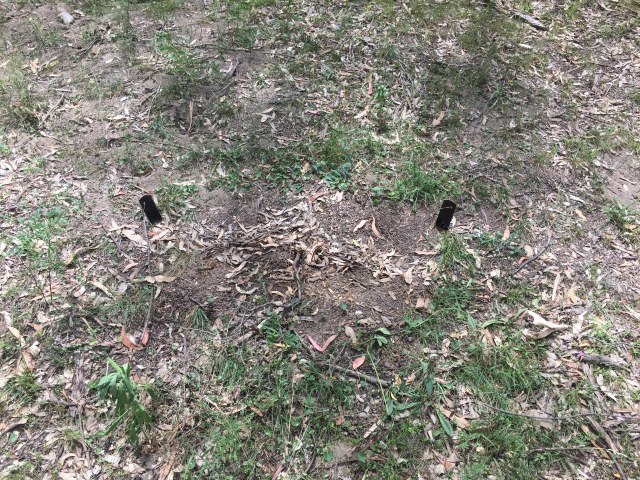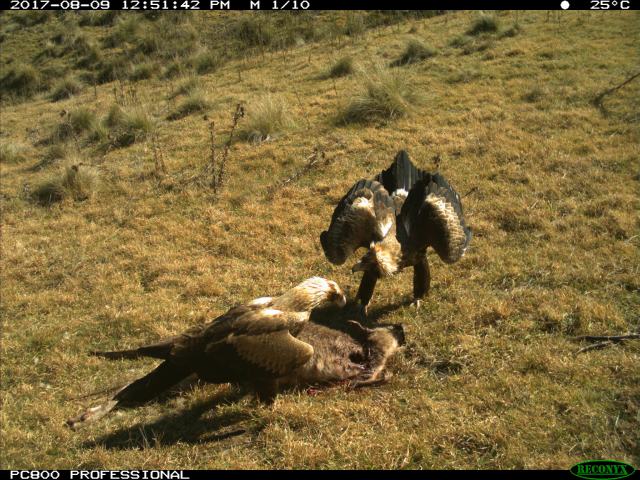Over the past two years I’ve spent nearly 8 months in the field, monitoring rotting animal carcasses through the heat of the Simpson Desert, the cold of Kosciuszko and, in the Blue Mountains, through some of the most amazing thunder storms I’ve ever had the privilege to experience. I’ve managed to bog (and free) my vehicle in every study system, I’ve navigated swarms of wasps and angry feral pigs, howled with dingos and shared time with some incredible, hard-working volunteers. Now, with the fieldwork side of things slowly coming to a close, I feel as though I finally have a bit of time to sit down and write-up a few of those experiences, as well as some of the observations that I made whilst out in the field.
For this first post, I’ll go back to where it begun, to the Wolgan Valley in the Blue Mountains, and the summer of last year.

Wolgan Valley, Blue Mountains – the second field trip (January, 2018)
I completed my first field season in the Wolgan Valley in August of 2017. Visiting the decaying carcasses each week, I was amazed by how long it took for them to disappear. In these cooler months, where frosts regularly coat the valley floor in white, animal remains were lasting for up to 12 weeks if not visited regularly by wild dogs, foxes or wedge-tailed eagles. Insect activity was also low and many of the carcasses drying out in the sun smelled almost pleasant, like spiced beef jerky.

This second field trip would take place at around the hottest time of the year, and I was very interested to see how the carcasses and the visiting scavengers would differ from the winter season. I imagined that the insects would be far more active, but didn’t know how the wild dogs and eagles would respond to the heat.
I did quickly realise, however, that us humans wouldn’t fare so well. The process of lifting heavy animal carcasses over and under logs (getting them into position so that they could be monitored by our remote cameras) was hard work in the summer heat. I had 3 volunteers to help, but some of the carcasses weighed more than 40 kg and although fresh, gases were already starting to build, carrying with them the rancid smell of rotting flesh.

Most of my volunteers were less than pleased by the smell but the flies seemed to enjoy it, buzzing happily around us, tiny engines wurring in our ears. I noticed that they were already laying eggs in amongst the fur of the dead animals and it wouldn’t be long before a million tiny maggot mouths would start to work their magic.

When we were about halfway through the carcasses we took a sharp rock to the side of our front right tire and ended up with a flat. Not usually a huge problem, as long as you have a spare, right? Well, with the flies buzzing like crazy and the full heat of the day blaring down upon us, we soon discovered that although we had not one, but two spares, both of them were flat.
Bad luck, but also very poor planning on my behalf. It was the first of many important (and perhaps obvious) lessons that I was to learn in the field – always check your spares, especially if the vehicle isn’t yours.

Thankfully, although a good hour from town, we were lucky enough to have the support of a local mechanic. We managed to not only source a spare vehicle, but the mechanic was also able to provide a temporary fix for one of our tires.
While our vehicle situation was now much improved, we found ourselves restarting work late in the afternoon. We were all tired, but the carcasses couldn’t wait for a good night’s sleep. By the time we were done it was nearly midnight, and we were all in need of a shower.

Once the carcasses were all positioned, we could take a breath (and have a shower). From this point on, it was all about monitoring the progress of decay, and taking note of the scavengers visiting each carcass site.
As anticipated, the insects went to town on the carcasses, the maggot mass peaked at 2-4 days after the carcasses were positioned and most of the meat was completely consumed in under a week. Various beetles and ants were also common, with some carcasses entirely covered by purple and black meat ants (Iridomyrmex purpureus). Most of these ants visited the carcasses to consume the many hundreds of maggots within. Although once the maggots had “migrated” away to begin the transformation from larvae to flies, the ants did switch to meat. You could hear them from quite a distance, chewing away at the drying flesh.

Aside from the insects, lace monitors (Varanus varius) could also be observed munching at the animal remains. Even when they weren’t present, I learnt to distinguish traces of their feeding. They would “bury” into the stomach area of dead animals, leaving behind a slight burrow and disturbing leaf litter and vegetation surrounding.
These creatures didn’t seem too perturbed by my presence and so I would often sit quietly and watch them eat.

In Australia, lace monitors are well known scavengers, but across the rest of the planet reptiles are rarely sighted at animal remains. Consequently, there seems to be an underappreciation of the role that some animals, particularly reptiles, might have in contributing to important ecosystem processes like carcass removal.

Mammals and birds were still major players in the process of carcasses decay during this season, although much less so than in the winter time when insect activity was low. My remote cameras tracked a huge number of dogs visiting some carcasses and while the insects might have contributed to most of the meat-removal, these larger animals aided in the spread of bones, and therefore nutrients, across the landscape.


Many thanks to my volunteers Juri, Greg, Gill, Tash, Sierra and my wonderful supervisor Tom for helping out during this field season.
Next time… a March field trip to Kosciuszko National Park.
















